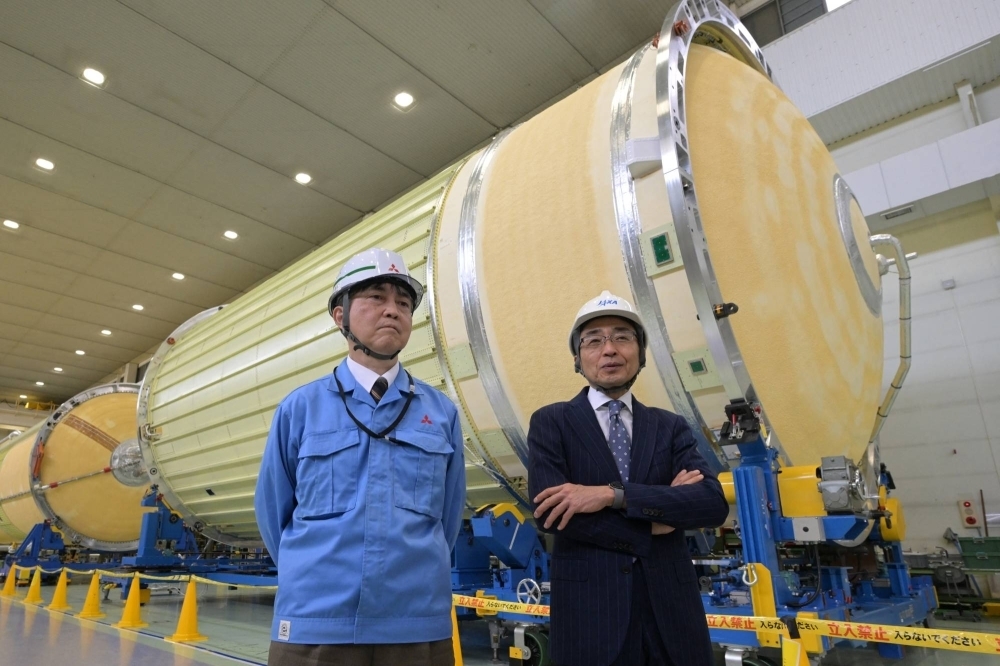The Japan Aerospace Exploration Agency (JAXA) announced Friday that the next launch of its new flagship H3 rocket will take place on June 30 from the Tanegashima Space Center in Kagoshima Prefecture, with a launch window set for just after noon.
The third launch of the H3 will carry the Advanced Land Observing Satellite-4 (ALOS-4), also known as Daichi-4, the successor to Daichi-2, which was developed by JAXA and Mitsubishi Electric and first launched in 2014 (Daichi-3 was lost during a failed H3 rocket launch last year). Daichi-4 has cost the agency and company approximately ¥32 billion.
The ¥32 billion Daichi-4, designed for high-resolution Earth observation, has a 200 kilometer observation range, four times that of Daichi-2, to enable monitoring in adverse conditions, such as at night and in poor weather conditions.
The satellite can detect ground deformation, landslides and other effects of natural disasters like earthquakes, torrential rain and volcanic eruptions. In the event of a disaster, it can quickly assess the extent of damage.
Daichi-4 also includes a receiver for Automatic Identification System (AIS) signals to track ship movements, aiding ocean surveillance. AIS automatically transmits and receives key information about ships, such as call signs, names, positions, courses, speeds and destinations, facilitating communication and information exchange among ships and between vessels and stations on land.
The H3 will follow a set trajectory over the Pacific Ocean, splitting into two stages before releasing the satellite. The rocket's remains are planned to fall into the Indian Ocean.
JAXA has also set July 1 to 31 as a fallback launch period in the event of inclement weather or other unforeseeable circumstances.
Developed by JAXA and Mitsubishi Heavy Industries, the H3 experienced a setback during its first launch last year due to an ignition system failure. However, after implementing corrective measures, the second launch in February was a success.
JAXA aims to launch six H3 rockets annually. The third launch will be closely watched, as it will indicate the rocket's continued reliability.
According to NHK, JAXA is also set to retire the H-2A rocket, its current workhorse, after its 50th launch since it entered serve later this fiscal year, which runs through March 2025, transitioning entirely to the H3 rocket in the next fiscal year.
Quelle: The Japan Times


